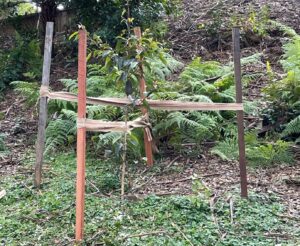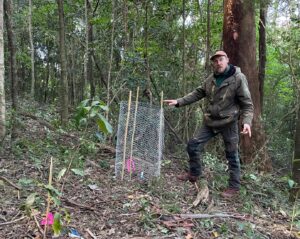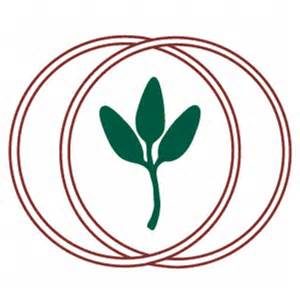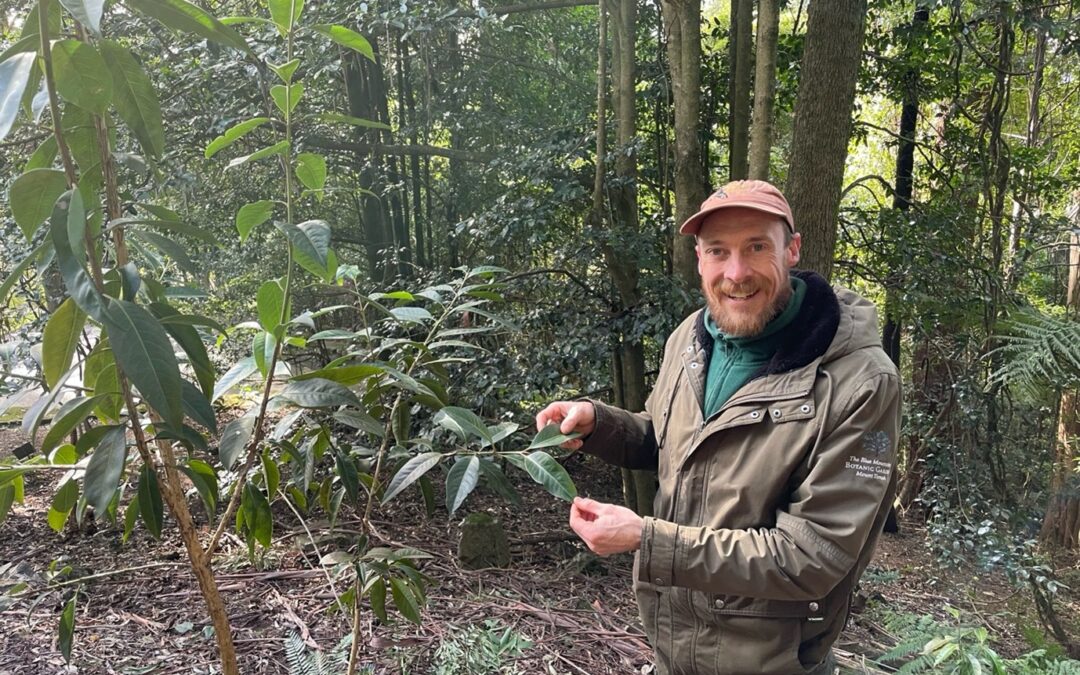Partner gardens collaborating to safeguard vulnerable species
Over the past several years, the distribution of various lineages of Native Guava (Rhodomyrtus psidioides) and Scrub Turpentine (Rhodamnia rubescens) to partner gardens has played a vital role in the conservation of species impacted by Myrtle Rust. Between 2021 and 2024, dedicated teams at Lismore Rainforest Botanic Gardens, Blue Mountains Botanic Garden – Mt Tomah, The Australian Botanic Garden – Mt Annan, Australian National Botanic Gardens – Canberra, Booderee Botanic Garden and Dandenong Botanic Garden have nurtured and closely monitored these meta-collections.
The good news is, despite facing a range of challenges—including outbreaks of Myrtle Rust, animal browsing and damaging storms—all distributed plants remain alive! This resilience is a testament to the commitment and care provided by staff across all participating gardens. ☀️ Special thanks to all involved.

Supports put in place to protect trees from wild weather

Fencing to protect the trees from browsing
With plans underway to distribute additional lineages from central collections in New South Wales and Queensland, we have been actively reviewing original processes and collecting lessons learned from each garden’s experience. Our approach aims to continually improve outcomes for these at-risk species.
Two weeks ago at Mount Tomah, Ian Allan shared valuable insights on site selection and plant management. He observed that plants positioned with better access to sunlight have shown notably stronger growth. Looking ahead, Ian highlighted the potential for experimenting with hedge-format plantings—an approach that could offer more efficient use of space and improved management options.
If your garden or arboretum is interested in hosting safe custody collections for species affected by Myrtle Rust, please reach out to Pip Walsh at myrtlerust@anpc.asn.au to learn more.
Feature image: Ian Allan with one of the larger Native Guava trees at Mt Tomah.

